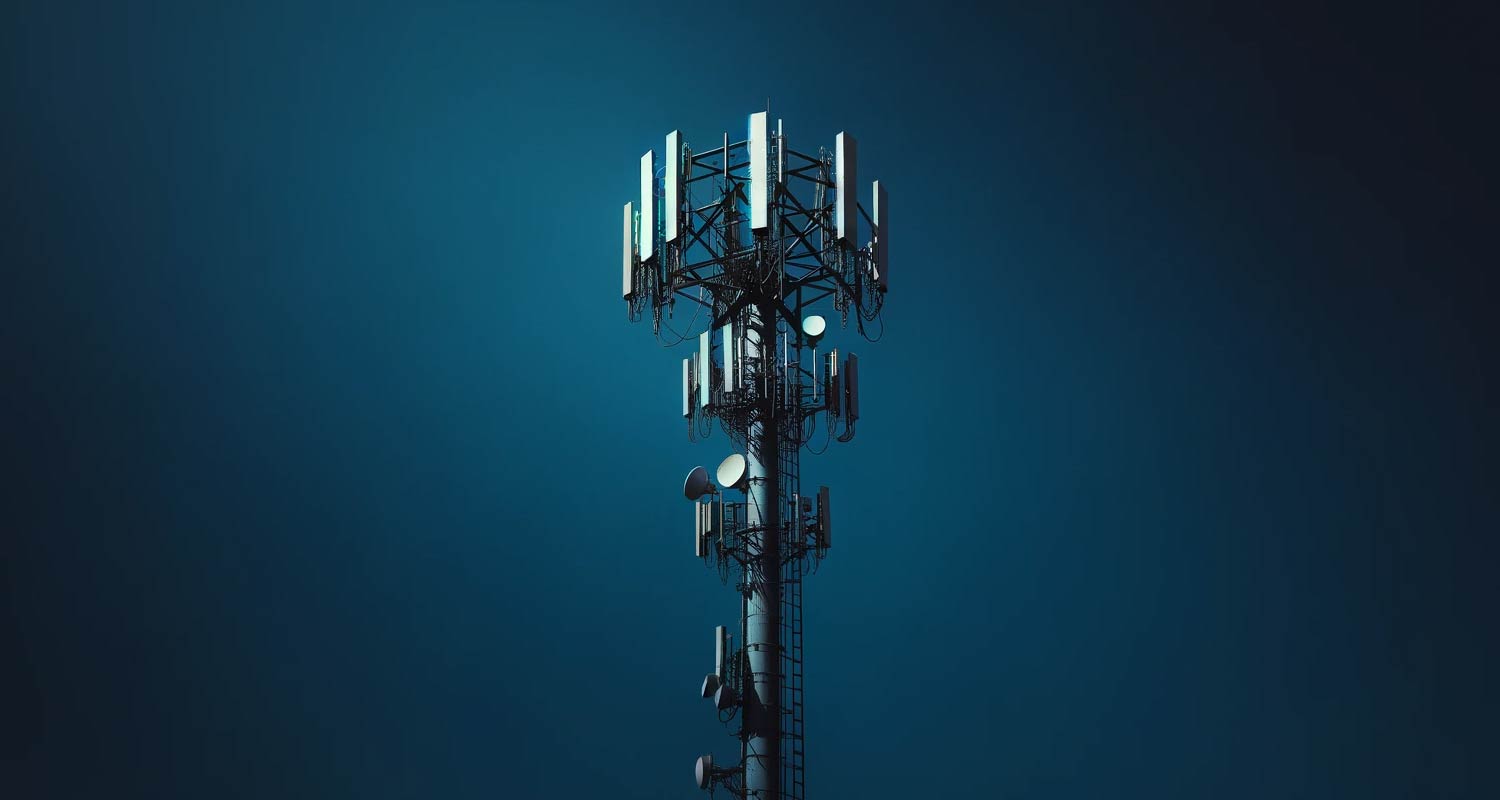Despite the billions and billions of rand spent by mobile operators at communications regulator’s spectrum auction in 2022, South Africa remains one of the most cost-effective regions for spectrum worldwide.
According to a report by global mobile industry group, the GSMA, the average cost-to-revenue ratio for spectrum acquisition worldwide surged 63% in the decade between 2014 and 2023. The same figure for South African operators doubled, from 1% to 2%, in the same period.
“This has been driven by spectrum acquisitions to bring 4G and 5G to consumers,” the GSMA said in the surging global spend on spectrum. “The increasing trend was seen across all regions, with some seeing a tripling of the accumulated spectrum cost. Based on data available, the total cumulative cost of spectrum to operators globally between 2014 and 2023 reached $0.5-trillion (R9-trillion).”
India saw a doubling of the spectrum cost-to-revenue ratio, rising from 14% to 28%, making the Asian nation among the most expensive for spectrum in the world. Others like Colombia and Argentina remain relatively low at 8% and 10%, respectively, but both have risen significantly from 2% in 2014. With costs as low as only 1% of annual revenue, Japan and China remain the countries with the lowest spectrum acquisition burden worldwide.
The GSMA said the wide range in costs is influenced by the approach regulators in each region take to assigning and charging for spectrum. Japan and China, for instance, rely mainly on annual fees “set at a level deemed sufficient to ensure spectrum is put to best use and that regulatory costs are recovered”. Some countries, however, use spectrum auctions as a tool for revenue generation, adding to costs that are then oftentimes passed on to consumers.
Spectrum auction
At South Africa’s 2022 spectrum auction, communications regulator Icasa raised R14.4-billion in proceeds for the national fiscus. Unsurprisingly, Vodacom and MTN were the biggest spenders at the auction, with commitments of R5.4-billion and R5.2-billion, respectively.
GSMA data shows that operator revenue per megahertz of spectrum acquired has declined, meaning the companies are getting less bang for their buck on their spectrum purchases. This is because average revenue per user values have been declining for years as data services cannibalise traditional, higher-margin voice services.
“An average consumer pays less for mobile services than a decade ago. At the same time, to support the throughput generated by an average user, operators require more spectrum than a decade ago,” the GSMA said.
Read: Memo to Icasa: don’t trade safety for mobile spectrum
Despite these factors, spectrum unit prices have actually fallen sharply. GSMA’s report shows that the average cost per megahertz for low-band spectrum – this includes frequencies in the sub-1GHz range – in 2023 was 75% less than in 2012, despite these bands being more valuable because of their scarcity and superior propagation properties compared to higher-frequency bands. The relative prices of higher bands have been converging over time. At the extreme end of the millimetre-wave range (>24GHz), spectrum costs less than 1% of the average price for low bands.
 Since revenue declines effectively mean spectrum is more expensive for mobile operators, their customers ultimately suffer as a consequence. Lower returns on investment discourage network expansion and optimisation efforts, leading to networks that are potentially underdeveloped and offer limited coverage at slower speeds.
Since revenue declines effectively mean spectrum is more expensive for mobile operators, their customers ultimately suffer as a consequence. Lower returns on investment discourage network expansion and optimisation efforts, leading to networks that are potentially underdeveloped and offer limited coverage at slower speeds.
This development gap becomes more apparent as 5G technology grows in prominence. 5G requires more spectrum and a higher density of base stations. Operators in markets including Europe and North America that pioneered 5G networks have struggled to recoup the costs deployed in building these networks. As a result, operators in less-developed markets, including those in sub-Saharan Africa, have shown a reluctance to migrate to the newer technology.
Read: Icasa wants operators to learn to share spectrum
Telkom Consumer CEO Lunga Siyo echoed this sentiment in a July 2024 interview with TechCentral. Siyo said it is difficult for mobile operators to charge customers more for using a 5G network when 4G connectivity sufficiently fulfils their needs.
“You might get away with charging extra in certain verticals because you have created a 5G private network. It could be a manufacturing plant or a mine in a far-flung area, for example,” he said.
According to the GSMA, regulators have a duty to price spectrum appropriately so that network expansion and upgrades are encouraged and not restricted.
“These findings demonstrate the importance of taking the right approach to spectrum pricing. Policy is a major determinant of the prices operators pay for spectrum. Regulators seeking to maximise the social value of spectrum should therefore ensure their approach to pricing does not result in undue negative effects,” the GSMA said. – © 2025 NewsCentral Media
Get breaking news from TechCentral on WhatsApp. Sign up here.
Don’t miss:
South African networks need more spectrum for 5.5G
Crédito: Link de origem


